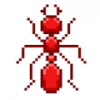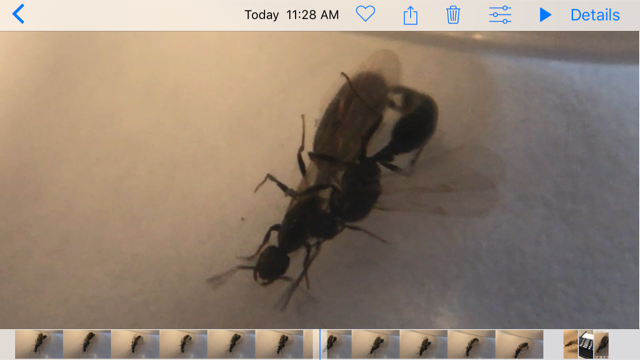I'm a month into this hobby so get excited by evening thunderstorms, and we had heavy rains in north Texas last night so I couldn't wait to get out this morning. Things dried out about 10am so I headed to my backyard to see if I could get lucky. Immediately upon exiting onto the patio I am hit in the face by two queens. I look down at the ground and see a handful of queens roaming around, some with males still attached and being dragged behind them. As I bent down to collect a few, more start dropping to the ground around me, most with males along for the ride.
I collected about 16 total. As a beginner I didn't intend to start with this many, but it was literally raining queens and I couldn't help my self. ![]() Fortunately the test tube setups will give me time to figure out what to do next.
Fortunately the test tube setups will give me time to figure out what to do next.
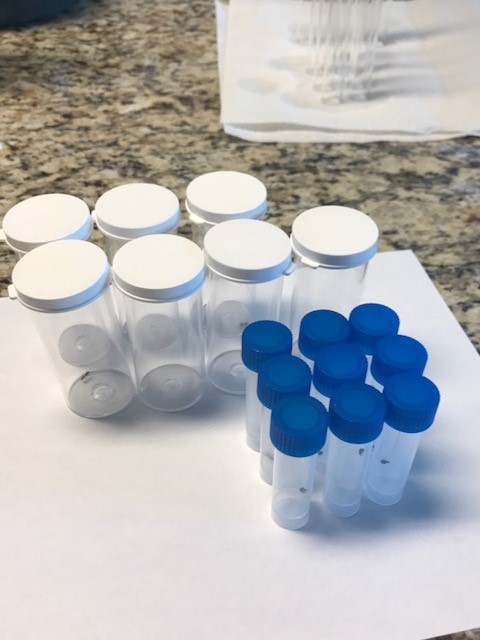
Some were collected with the males attached.
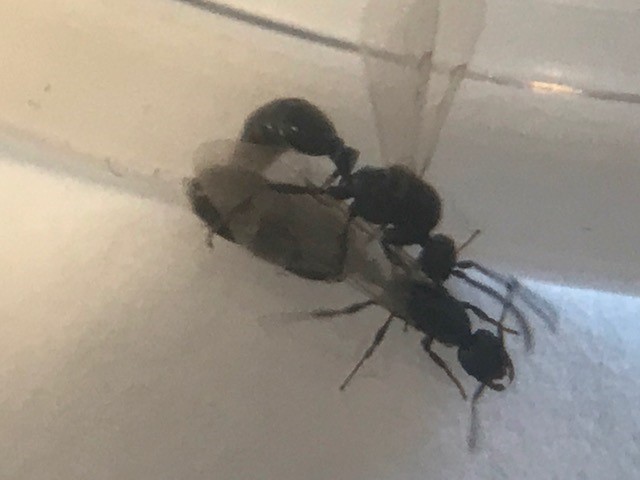
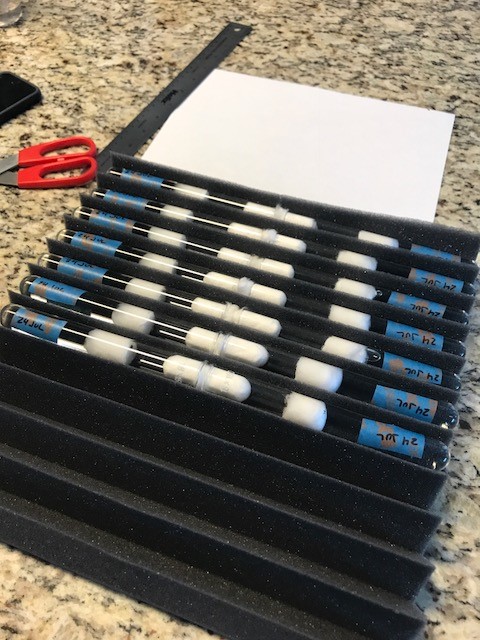
All of the coupled pairs eventually separated. (Wish I could post the video I have of two doing their thing then parting).
The queens have settled in well and most had taken their wings off within the hour.
I'm not sure what they are, but guessing Tetramorium. All are about 6mm. I'll do a proper ID thread in the other forum.
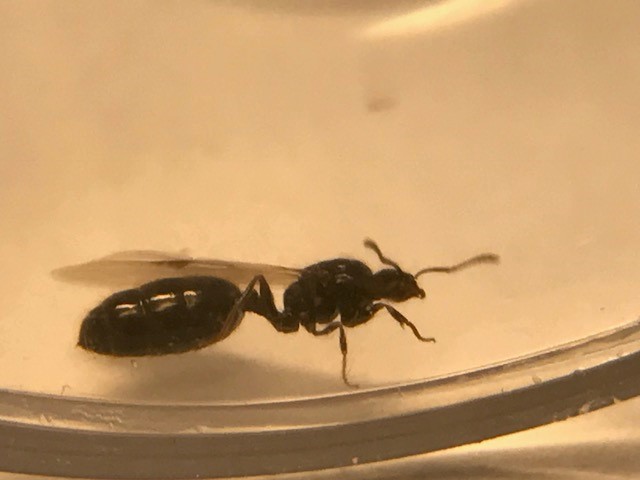
Edited by JohnTX, July 24 2017 - 11:17 AM.







